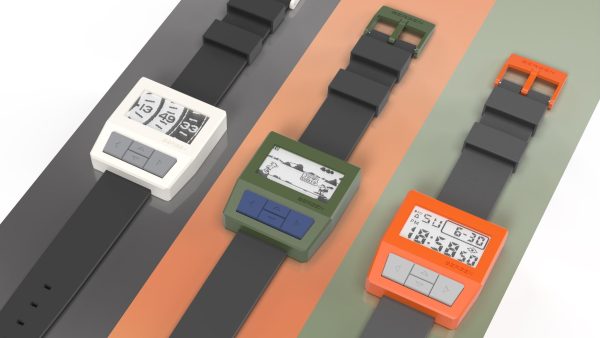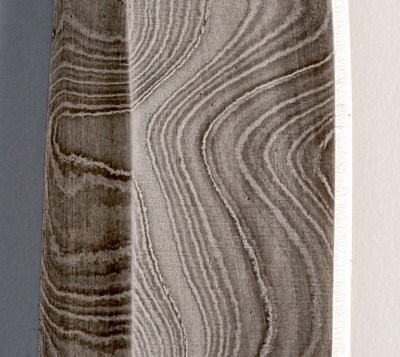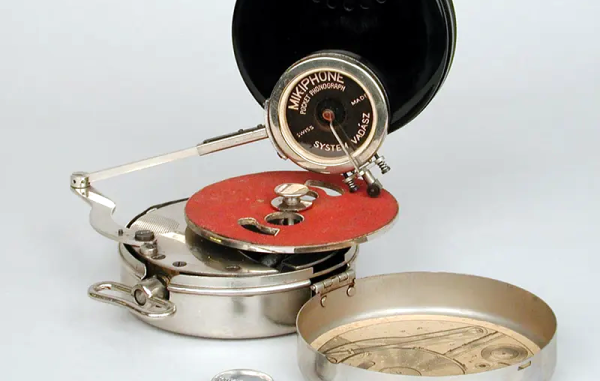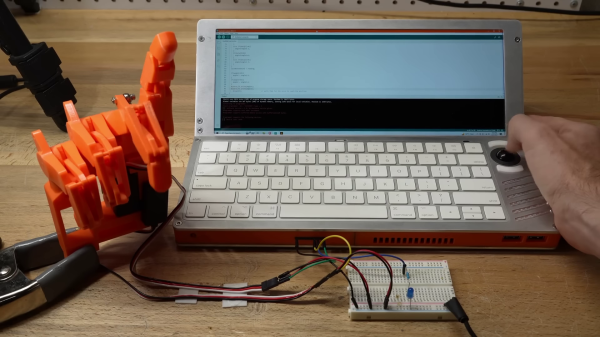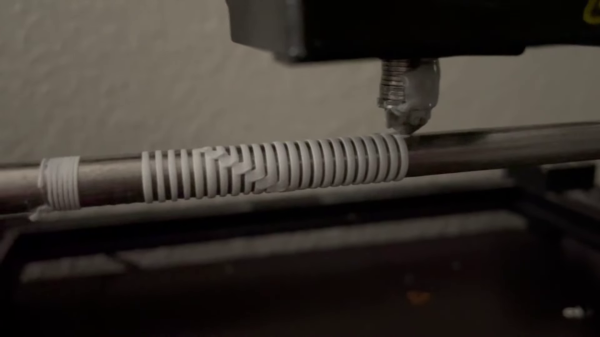Smartwatches are a battleground these days, with smartphone manufacturers vying to have the prettiest, sleekest, and longest-lasting device on the market. Meanwhile, DIY efforts continue to improve in sophistication as better components become available. [Rocky Bergen’s] Arduwatch is a particularly appealing design study, with such visual flair that we’d love to see it become a reality.
The design was inspired by the Arduboy, itself a lightweight homebrewed handheld console of impressive simplicity. [Rocky]’s concept hinges on taking that credit-card sized platform and repurposing it as a wearable device instead. The squared-off, retro design of the Arduwatch is appealing, as is its simple four-button interface and the bright colors [Rocky] chose to show it off. Ultimately, too, its low-resolution display would realistically be more than suitable for a great variety of simple smartwatch tasks, which often just involve displaying notifications and the like.
[Rocky’s] work may just be a design study, but it’s well thought out and eminently viable. We’d love to see how well this design could work in the real world, particularly if built with some nice resin-printed parts paired with a quality watch strap.
If you’ve heard of [Rocky Bergen] before, it may be due to his exquisite collection of retrocomputer papercraft designs. If you’ve been cooking up your own DIY smartwatch ideas, don’t hesitate to hit up the tipsline!

